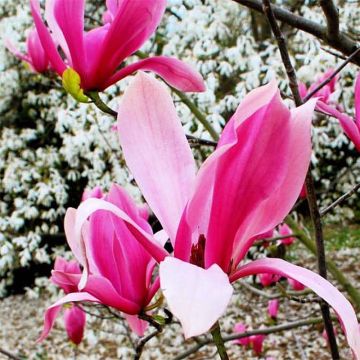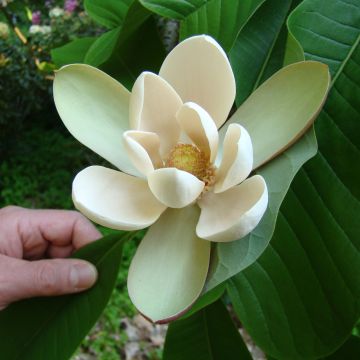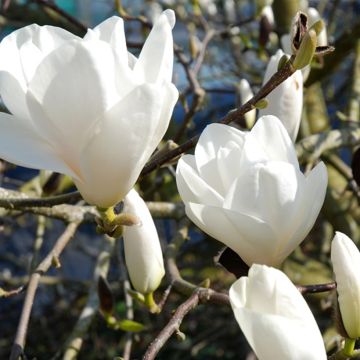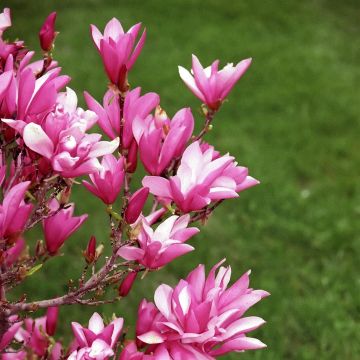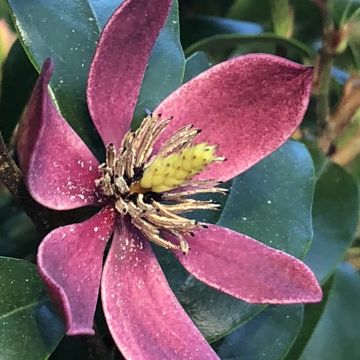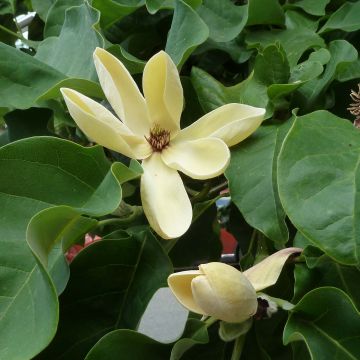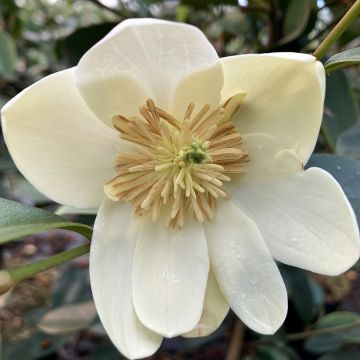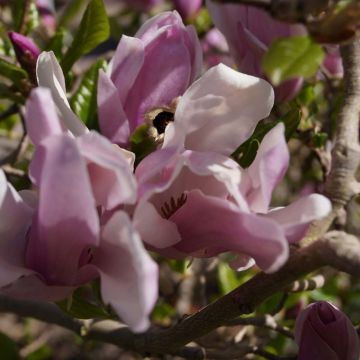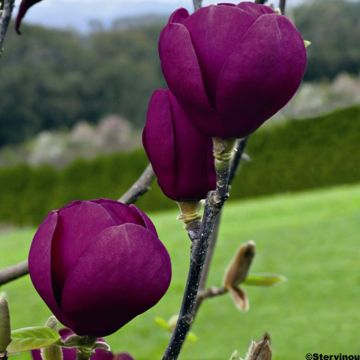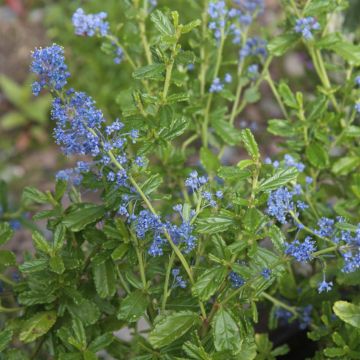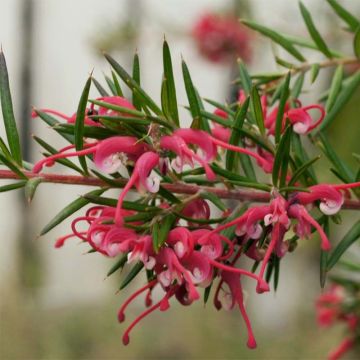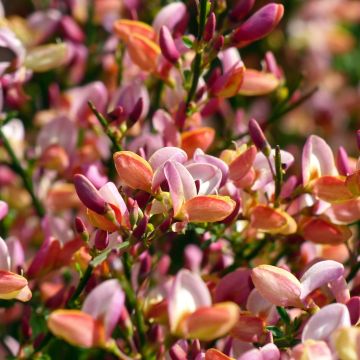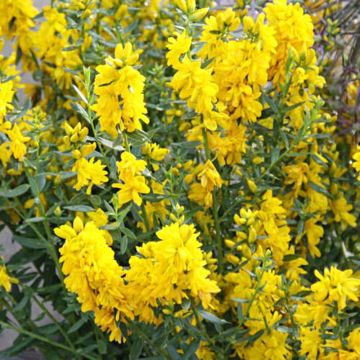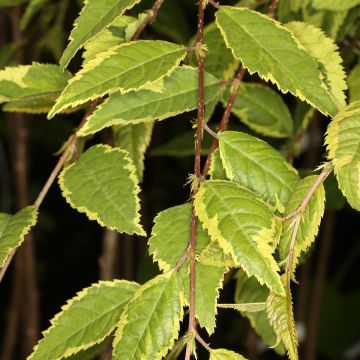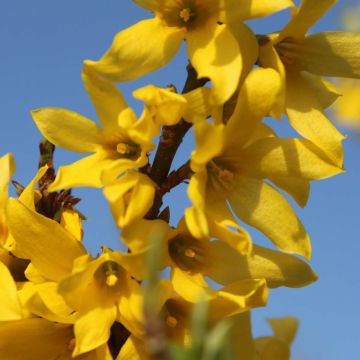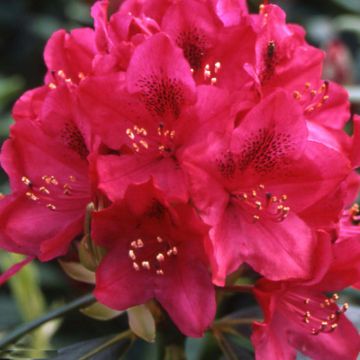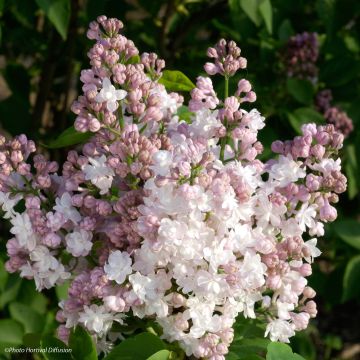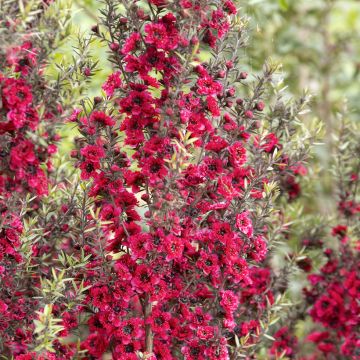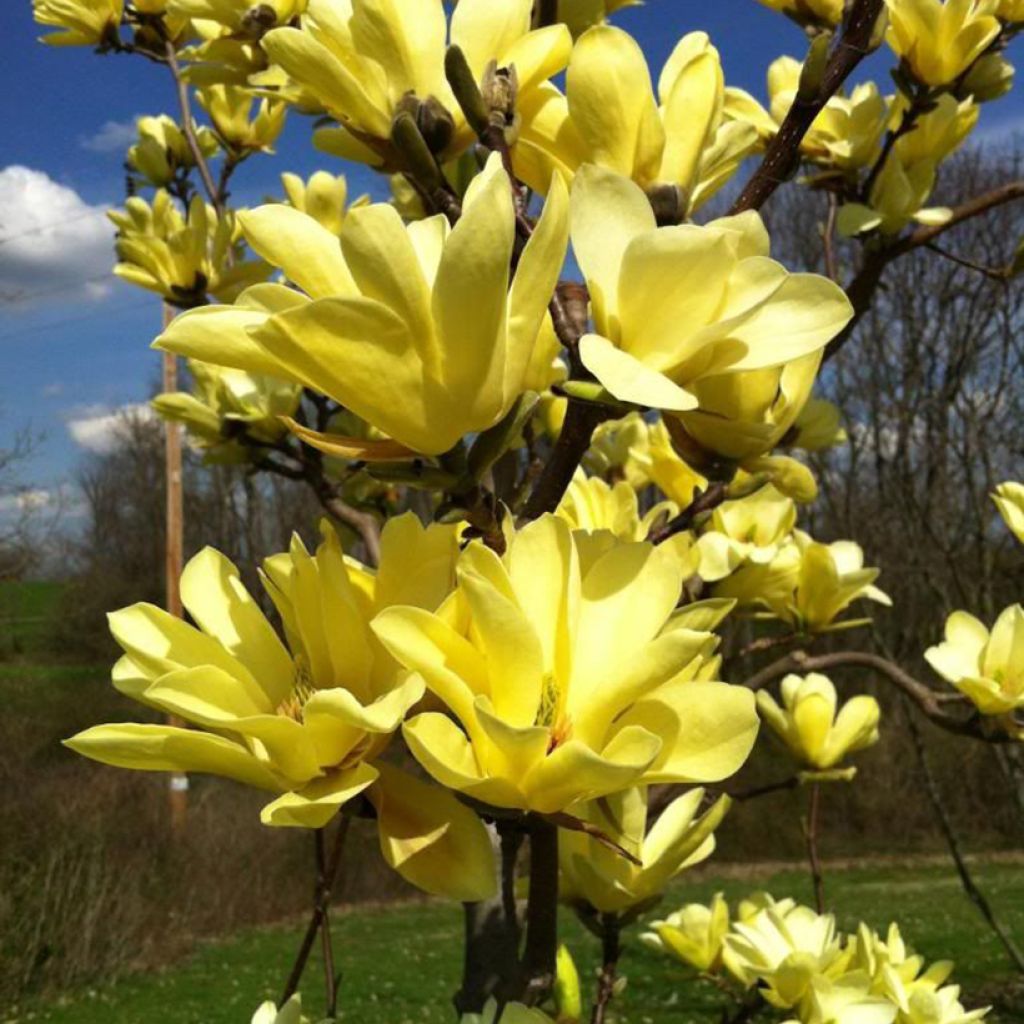

Magnolia Sunspire
Magnolia Sunspire
Magnolia Sunspire
This item cannot be shipped to the selected country
Delivery charge from €5.90
Delivery to Corse prohibited
More information
Schedule delivery date,
and select date in basket
This plant carries a 24 months recovery warranty
More information
We guarantee the quality of our plants for a full growing cycle, and will replace at our expense any plant that fails to recover under normal climatic and planting conditions.
From €5.90 for pickup delivery and €6.90 for home delivery
Express home delivery from €8.90.
Delivery to Corse prohibited: UE law prohibits the import of this plant from mainland France to Corse as part of the fight against Xylella fastidiosa. Please accept our sincere apologies.
More information
Does this plant fit my garden?
Set up your Plantfit profile →
Description
Magnolia 'Sunspire' is a large deciduous ornamental bush prized for its magnificent yellow flowers and unique columnar habit. This hybrid is perfect for decorating small gardens or small spaces. Its large tulip-shaped flowers, which appear late in spring, usually escape late frosts. This magnolia blooms quite young and thrives in moist, rich, well-drained soil.
Magnolia 'Sunspire' belongs to the Magnoliaceae family. This cultivar is native to the United States and was obtained in 1999 by Dr. August Kehr, a plant geneticist and breeder. It is the result of a cross between the varieties Magnolia 'Woodsman' and 'Elisabeth'. This superb cultivar was voted best yellow magnolia by members of the Magnolia Society a few years ago. This cultivar, with its columnar habit, reaches a height of 6 to 7 m and a width of 1.8 to 3.6 m if not pruned. At the age of 10, it measures about 4 m tall and 2.5 m wide. Its growth is relatively fast, depending of course on the growing conditions. The bush develops fastigiate branches, pointing towards the sky, giving it a narrow and vertical silhouette.
The deciduous leaves of the Magnolia 'Sunspire' are medium-sized and dark green. They usually appear after the first flowers and fall in autumn. The flowers, in the shape of upright tulips, are dark yellow and measure between 15 and 20 cm in diameter. The flowering of this magnolia lasts for several weeks before giving way to the foliage. This late flowering avoids damage caused by spring frosts. 'Sunspire' is hardy down to -15°C.
Magnolia 'Sunspire' makes a beautiful specimen to place alone or in groups of three to five. Thanks to its columnar growth, it fits more easily in restricted spaces. It can be used to decorate a patio, in the centre of a flower bed, or to mark the corner of the house. In summer, its foliage is lush and fresh green, but it is in spring that this small tree reveals all its splendour. It can be paired with a 'Rainbow' Flowering Dogwood (Cornus florida), whose magnificent variegated foliage changes colour throughout the seasons. Its large white flowers bloom before the leaves in spring, at the same time as those of the magnolia. The 'Kazan' Japanese Cherry (Prunus serrulata) will be covered with double raspberry pink flowers at the same time. In general, the large yellow tulips of this 'Sunspire' magnolia are stunning next to pink, purple, white, or red blooms.
Report an error about the product description
Plant habit
Flowering
Foliage
Botanical data
Magnolia
Sunspire
Magnoliaceae
Cultivar or hybrid
Other Magnolia
Planting and care
Magnolia 'Sunspire' should be cultivated in a sunny or partially shaded location, full shade is not suitable for it. It is best to find a place sheltered from cold winds to preserve its flowering. Plant it in moist, rich, deep, and well-drained soil that does not dry out too much in summer. In limestone soil, dig a very wide planting hole and add ericaceous soil mixed with your garden soil, you will need to amend with iron or organic matter from time to time to renew the stock of minerals available to the plant. Water young plants for 1 or 2 years after planting. Afterwards, mulch the base in summer to keep it moist, water in case of a marked dry summer period. Pruning is not necessary, however, you can open up the centre of the bush by removing some interlacing branches.
Planting period
Intended location
Care
This item has not been reviewed yet - be the first to leave a review about it.
Spring-flowering shrubs
Haven't found what you were looking for?
Hardiness is the lowest winter temperature a plant can endure without suffering serious damage or even dying. However, hardiness is affected by location (a sheltered area, such as a patio), protection (winter cover) and soil type (hardiness is improved by well-drained soil).

Photo Sharing Terms & Conditions
In order to encourage gardeners to interact and share their experiences, Promesse de fleurs offers various media enabling content to be uploaded onto its Site - in particular via the ‘Photo sharing’ module.
The User agrees to refrain from:
- Posting any content that is illegal, prejudicial, insulting, racist, inciteful to hatred, revisionist, contrary to public decency, that infringes on privacy or on the privacy rights of third parties, in particular the publicity rights of persons and goods, intellectual property rights, or the right to privacy.
- Submitting content on behalf of a third party;
- Impersonate the identity of a third party and/or publish any personal information about a third party;
In general, the User undertakes to refrain from any unethical behaviour.
All Content (in particular text, comments, files, images, photos, videos, creative works, etc.), which may be subject to property or intellectual property rights, image or other private rights, shall remain the property of the User, subject to the limited rights granted by the terms of the licence granted by Promesse de fleurs as stated below. Users are at liberty to publish or not to publish such Content on the Site, notably via the ‘Photo Sharing’ facility, and accept that this Content shall be made public and freely accessible, notably on the Internet.
Users further acknowledge, undertake to have ,and guarantee that they hold all necessary rights and permissions to publish such material on the Site, in particular with regard to the legislation in force pertaining to any privacy, property, intellectual property, image, or contractual rights, or rights of any other nature. By publishing such Content on the Site, Users acknowledge accepting full liability as publishers of the Content within the meaning of the law, and grant Promesse de fleurs, free of charge, an inclusive, worldwide licence for the said Content for the entire duration of its publication, including all reproduction, representation, up/downloading, displaying, performing, transmission, and storage rights.
Users also grant permission for their name to be linked to the Content and accept that this link may not always be made available.
By engaging in posting material, Users consent to their Content becoming automatically accessible on the Internet, in particular on other sites and/or blogs and/or web pages of the Promesse de fleurs site, including in particular social pages and the Promesse de fleurs catalogue.
Users may secure the removal of entrusted content free of charge by issuing a simple request via our contact form.
The flowering period indicated on our website applies to countries and regions located in USDA zone 8 (France, the United Kingdom, Ireland, the Netherlands, etc.)
It will vary according to where you live:
- In zones 9 to 10 (Italy, Spain, Greece, etc.), flowering will occur about 2 to 4 weeks earlier.
- In zones 6 to 7 (Germany, Poland, Slovenia, and lower mountainous regions), flowering will be delayed by 2 to 3 weeks.
- In zone 5 (Central Europe, Scandinavia), blooming will be delayed by 3 to 5 weeks.
In temperate climates, pruning of spring-flowering shrubs (forsythia, spireas, etc.) should be done just after flowering.
Pruning of summer-flowering shrubs (Indian Lilac, Perovskia, etc.) can be done in winter or spring.
In cold regions as well as with frost-sensitive plants, avoid pruning too early when severe frosts may still occur.
The planting period indicated on our website applies to countries and regions located in USDA zone 8 (France, United Kingdom, Ireland, Netherlands).
It will vary according to where you live:
- In Mediterranean zones (Marseille, Madrid, Milan, etc.), autumn and winter are the best planting periods.
- In continental zones (Strasbourg, Munich, Vienna, etc.), delay planting by 2 to 3 weeks in spring and bring it forward by 2 to 4 weeks in autumn.
- In mountainous regions (the Alps, Pyrenees, Carpathians, etc.), it is best to plant in late spring (May-June) or late summer (August-September).
The harvesting period indicated on our website applies to countries and regions in USDA zone 8 (France, England, Ireland, the Netherlands).
In colder areas (Scandinavia, Poland, Austria...) fruit and vegetable harvests are likely to be delayed by 3-4 weeks.
In warmer areas (Italy, Spain, Greece, etc.), harvesting will probably take place earlier, depending on weather conditions.
The sowing periods indicated on our website apply to countries and regions within USDA Zone 8 (France, UK, Ireland, Netherlands).
In colder areas (Scandinavia, Poland, Austria...), delay any outdoor sowing by 3-4 weeks, or sow under glass.
In warmer climes (Italy, Spain, Greece, etc.), bring outdoor sowing forward by a few weeks.

































